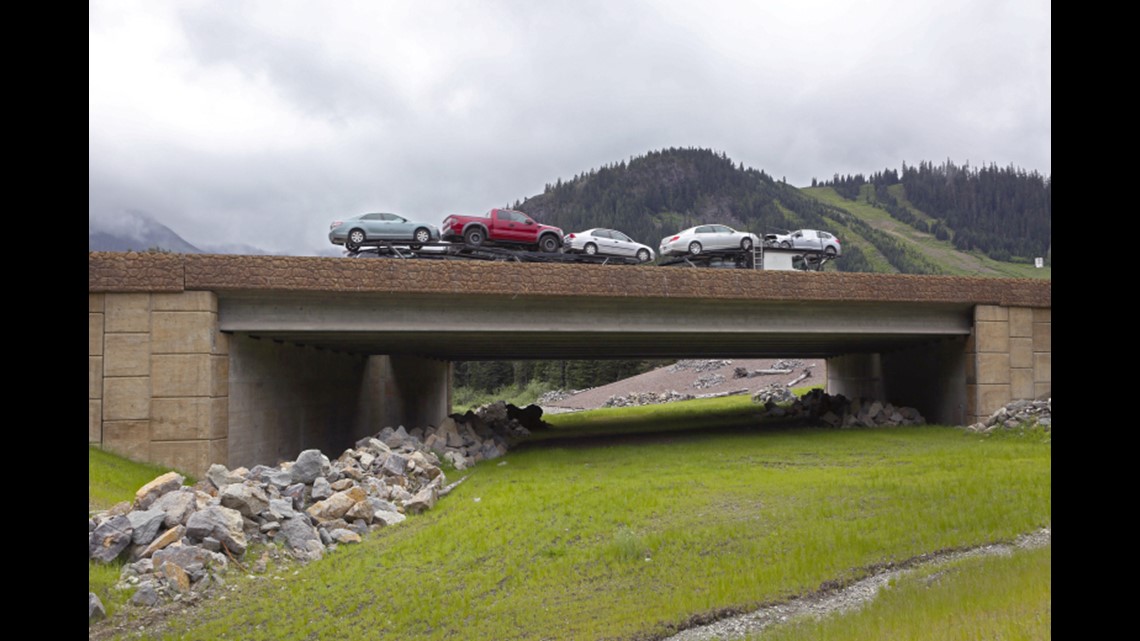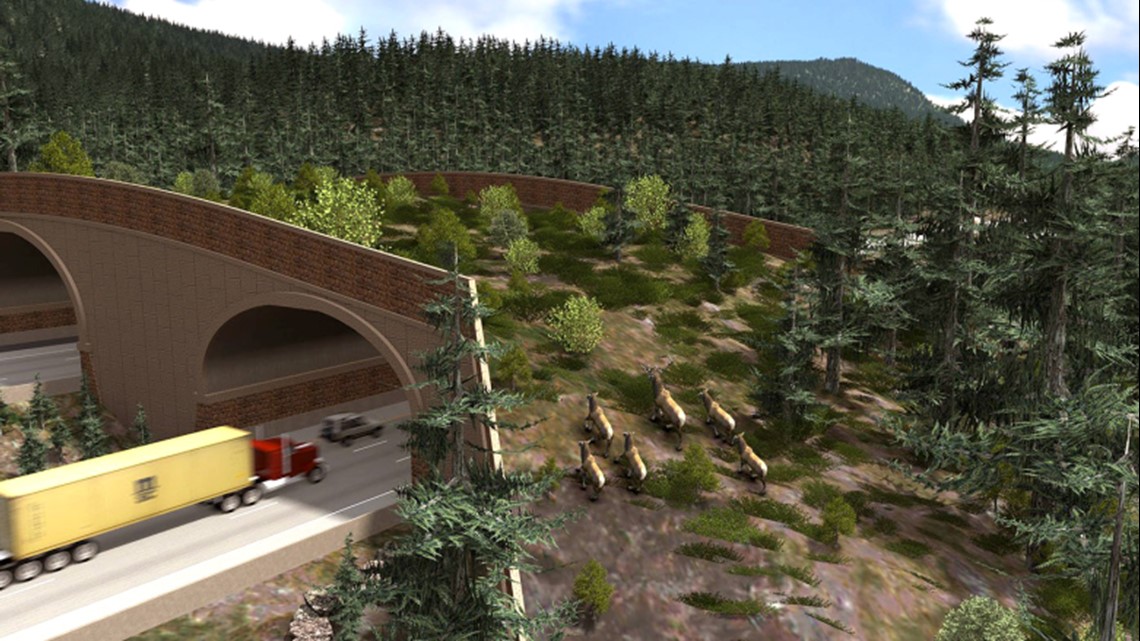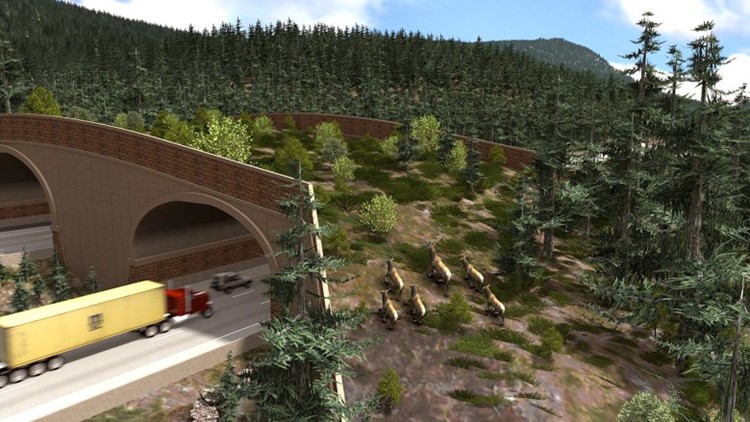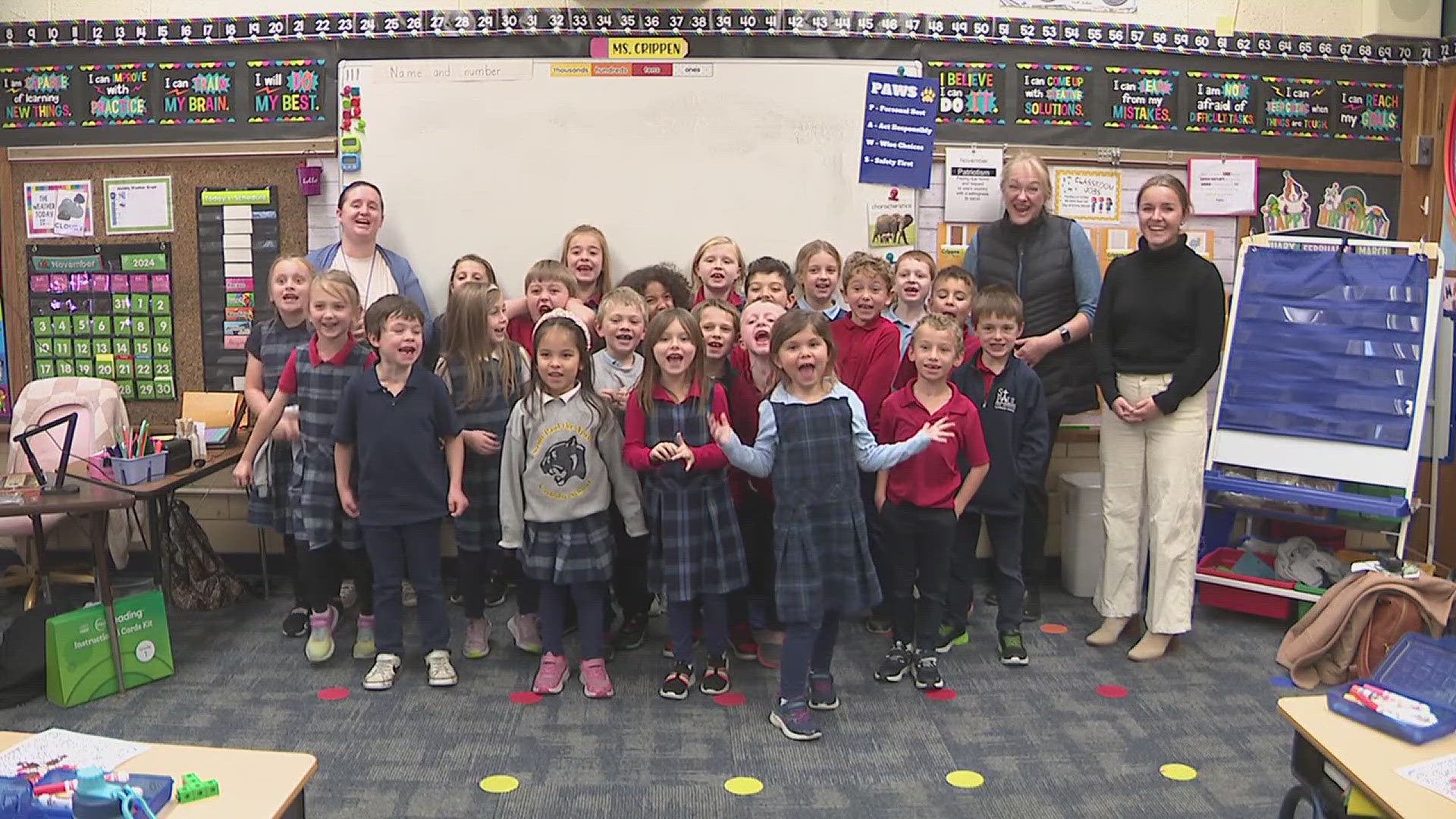A new highway overpass is being built in Washington State. But this overpass won’t alleviate any congestion in the Seattle-Tacoma area. And it won’t help pedestrians in Spokane. This highway overpass is designed to give wildlife the ability to safely cross I-90.
If you’ve hit an animal on the highway, the idea definitely has merit. An article in the Insurance Journal reports that 1.23 million deer-vehicle collisions occurred in the U.S. between July 1, 2011 and June 30, 2012 according to State Farm. More than $4 billion was done in vehicle damage. A spokesperson for the King County, Washington Department of Transportation tells the Redmond Patch that there are 1,100 vehicle collisions each year with up to 71% of animal collisions going unreported. The Insurance Institute for Highway Safety (IIHS) estimates that 200 fatalities occur each year in vehicle versus deer collisions each year. That number rises substantially when you look at all wildlife accidents, not just deer.


To alleviate some of that and provide a better wildlife habitat, earlier this month the state of Washington broke ground on its first overpass on I-90 just for animals. Under construction is a 150-foot-long bridge designed to provide black bear, cougar, deer, elk, and other animals a way to safely pass over the main lanes of the highway.
But that’s just the beginning. According to the Sierra Club, It’s part of a bigger plan to convert a 15-mile stretch of interstate into one of the world’s most wildlife-friendly highways. When complete, the stretch of highway will have no fewer than 20 underpasses and overpasses to ease the animal congestion. That’s in addition to culverts where smaller animals including ducks, coyotes, river otters, and rodents can pass underneath the busy traffic.


But is the cost worth it? The Washington Department of Transportation is investing a half-billion dollars to reconstruct seven miles of interstate. There are no reports on what percentage of that price tag is being spent on the wildlife crossings alone. The construction project will also straighten and widen the roadway. Another $390 million needs to be funded in order to finish the final eight miles. Much of that money is being generated by gasoline taxes in the state.
In a flatter part of the country like the Midwest, the cost would certainly be much lower. Is it a good idea for states to consider here? Chime in on my Facebook page and join the conversation.
-Meteorologist Eric Sorensen





